Writer Cullen Bunn has established himself in recent years as one of the most prolific creators of original horror comics, doing so via critically-acclaimed titles like Harrow County, The Sixth Gun, and, most recently, Bone Parish.
Bunn now has a new original graphic novel, Witch Hammer, due next month. The book is the launch title for AfterShock Comics new line of graphic novels. Set to hit shops on Dec. 19, it sees Bunn once again working in the horror genre, reuniting this time with artist Dalibor Talajic, Bunn’s past collaborator from 2012’s hit comic, Deadpool Kills the Marvel Universe (as well as 2017’s Deadpool Kills the Marvel Universe Again).
In Witch Hammer, a pair of law enforcement agents investigate a killer who is stalking witches, uncovering in the process the question of whether their suspect is actually doing the right thing. ComicsBeat recently had a chance to talk with Bunn over e-mail about Witch Hammer, his diverse bibliography of horror comics, and his overall approach to the work. Here’s what Bunn had to say…
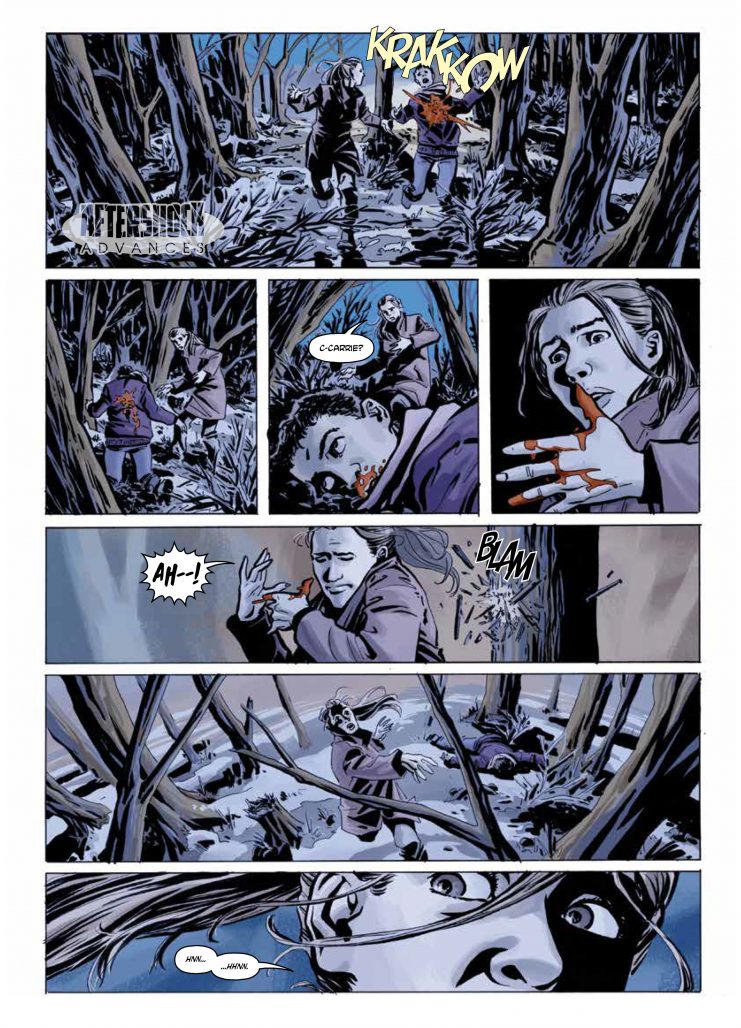
Bunn: A book like WITCH HAMMER requires a lot of planning and outlining up front. There’s a lot of story packed into each page of this graphic novel, but it’s still a self-contained story and I had a concrete page count and stopping point. So, I spent a little more time in the outlining phase. I plotted out all the major story beats, then broke them down to make sure where and when to work them into the book. After that was done, scripting the book went pretty smoothly.
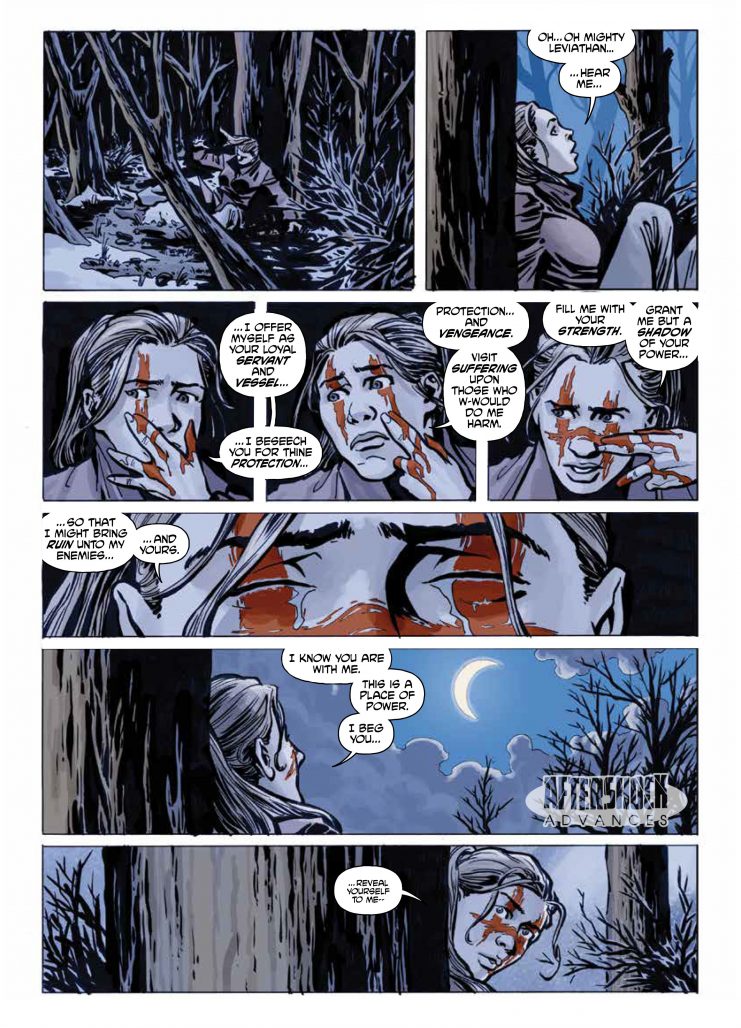
Bunn: WITCH HAMMER is a book I hope will challenge the reader’s concept of morality. At first, there will seem to be a line drawn in the sand in terms of what is right and what is wrong. Then, that line will move and twist. Then, it will shift again. We’ll see this conflict of morality play out in our protagonists and antagonists, too.
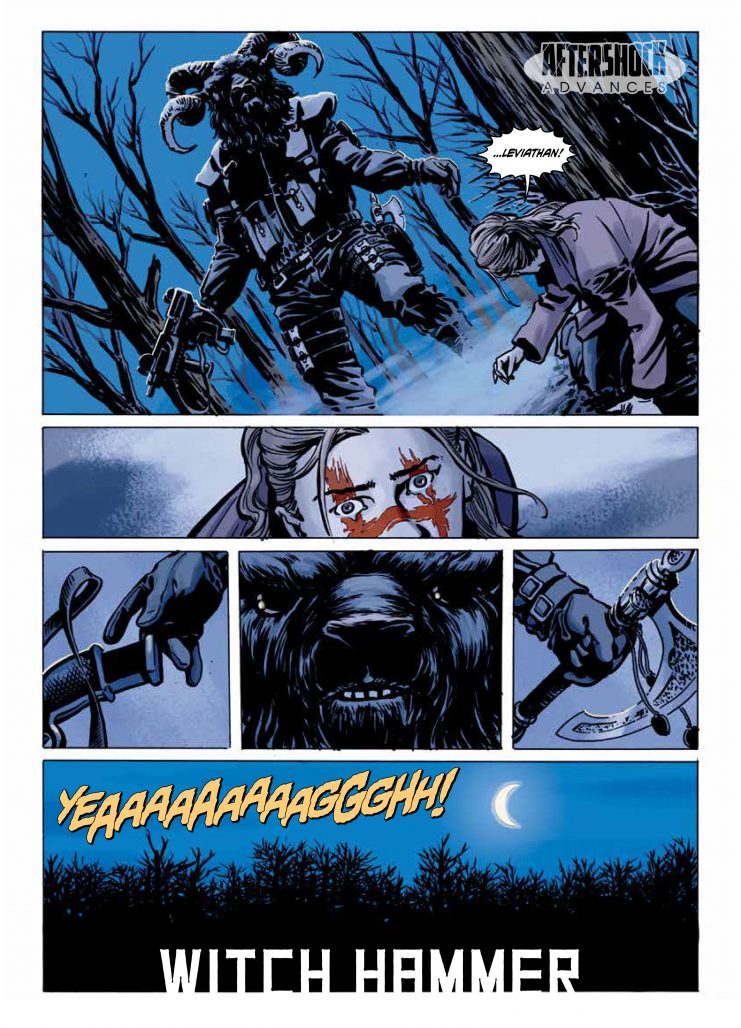
Bunn: The idea for this book comes from so many different places! When I was a kid, we had a “devil house” that all the people in town talked about. According to most folks, it was a place that collected runaways and taught them to worship the Devil and practice magic. Kids used to dare each other to walk past it at night. Who knows if they actually worshipped the Devil or not? This devil house was behind a KFC, and I could imagine cultists taking a break from some ritual to eat a bucket of chicken. So, I wondered how a cult, full of ordinary people who are just seeking something bigger than themselves, might react if they were targeted for assassination. From there, it spun out into this exploration of the dark side of faith—their faith, our faith—and how scary that can be.
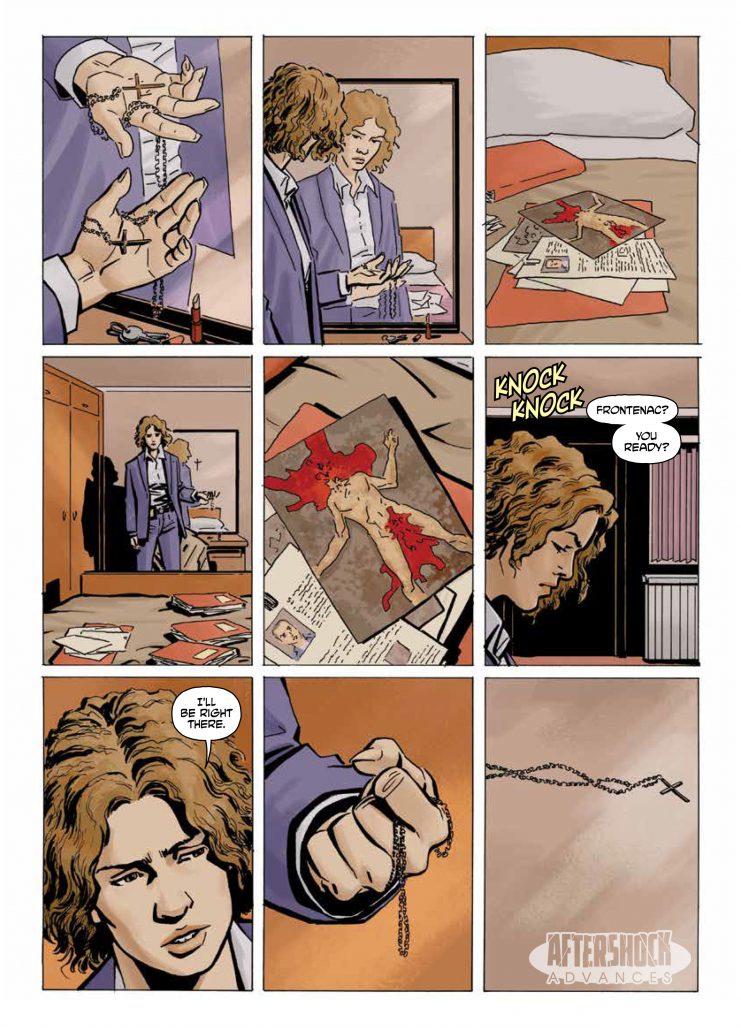
Bunn: For my horror work, it’s all about pacing and mood and character. I try to establish a deliberate pace that distracts the reader or lulls them into a false sense of security. When the horror is unleashed, it comes out of left field in a shocking way. I also try to build characters that the reader can relate to. They might not like those characters, but they understand where they are coming from. This helps when it comes to making the reader afraid for the characters.
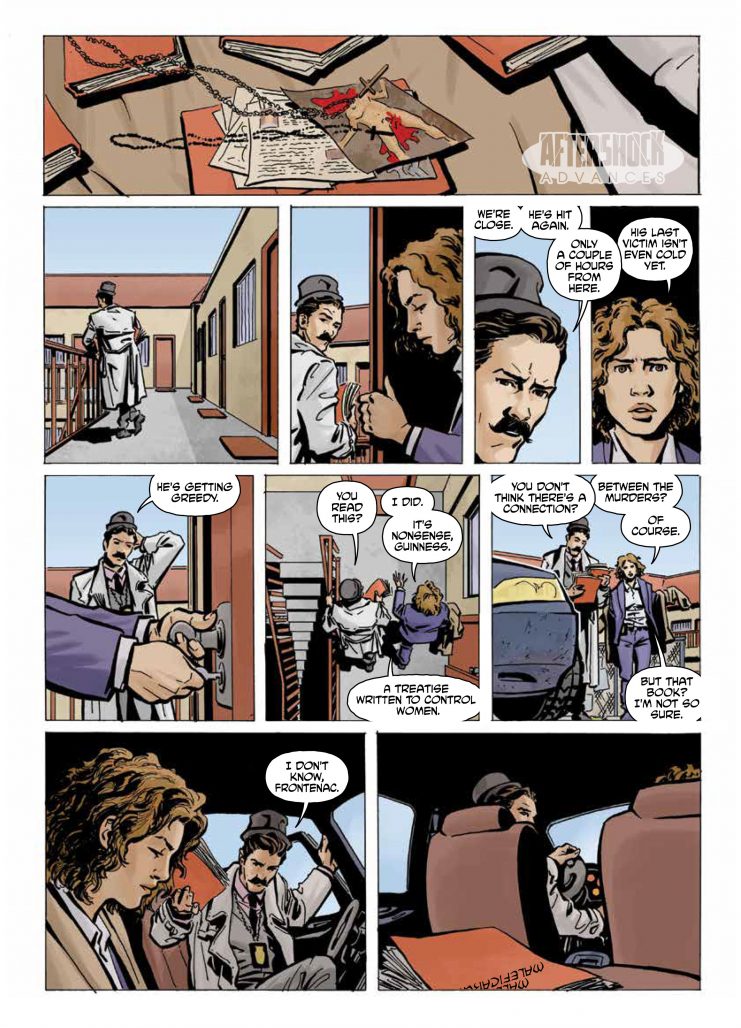
Bunn: I usually do just enough research to make myself dangerous. I want this kind of story to feel real, but I don’t want my research to show. I never want to get so caught up in the research that I bog the story down trying to show my work. I have several books on law enforcement techniques and some of my good friends work in law enforcement. I rely on them quite a bit. With the occult aspects, I turn to a lot of the reading I’ve done over the years, and I splice real world occultism with fictional mysticism and my own brand of esoteric shenanigans to come up with something completely unique to the world of this book.


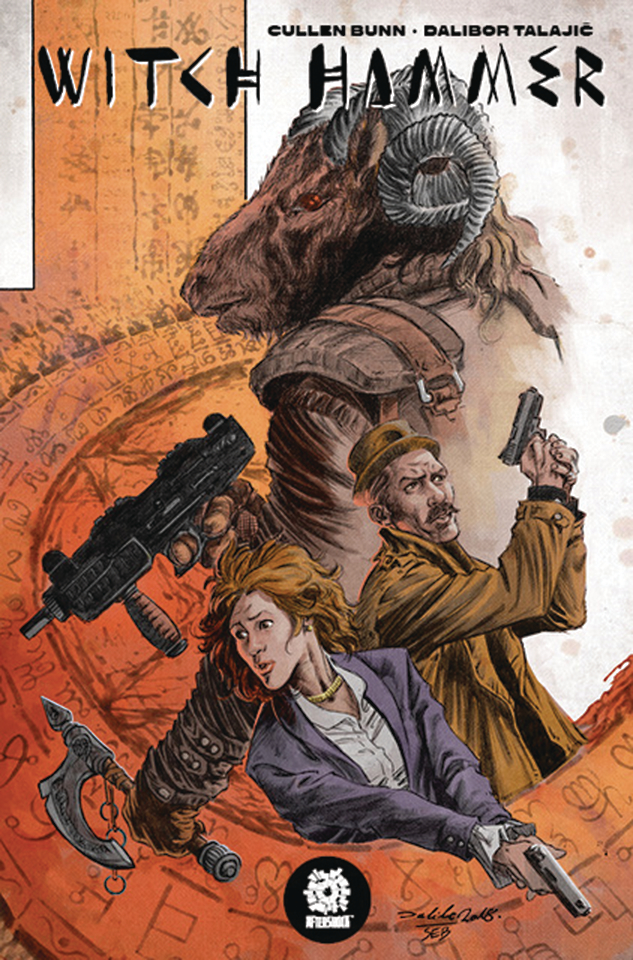
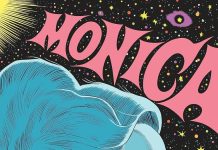

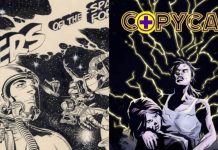



Cullen is a great writer but he didn’t write Winnebago Graveyard. That was Steve Niles.
Comments are closed.